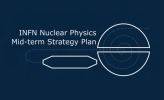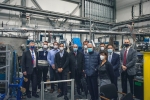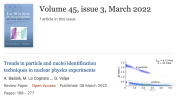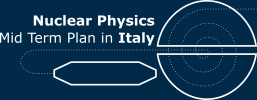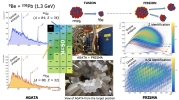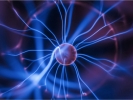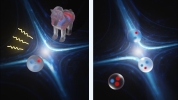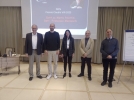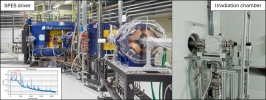Line 3: Nuclear structure and reaction dynamics
The study of the nuclear structure and of the reaction dynamics by means of heavy ion collisions is the main topic of this scientific line; the typical beam energies range between few MeV/nucl. up to some hundreds of MeV/nucl.
At present, the collaborations in this line are: FORTE, CHIRONE, GAMMA, NUCLEX, NUMEN_GR3 and PRISMA-FIDES.
FORTE studies shell effects in heavy ion reactions, in order to investigate the production of superheavy elements and of neutron rich nuclei in the Terra Incognita. An other field of interest concerns the study of the reaction mechanisms induced by light exotic beams provided by the EXOTIC facility at LNS. The experimental program is performed at LNS, LNL and in other European facilities.
CHIRONE starts in 2021 and it is the heir of NEWCHIM. Its experimental activity takes place at LNS (CHIMERA and FARCOS setups) and GSI, where it takes part to the construction of the NEULAND detector within the R3B collaboration. The main theme is the study of the isospin dependence of the reaction mechanisms both in the intermediate energy region at LNS and in the high energy region at GSI. It is particularly significant the study of density dependence of the symmetry energy in the region above the normal density; for such purpose the collaboration presented proposals at GSI (ASY-EOS II) with FARCOS and some detectors of CHIMERA.
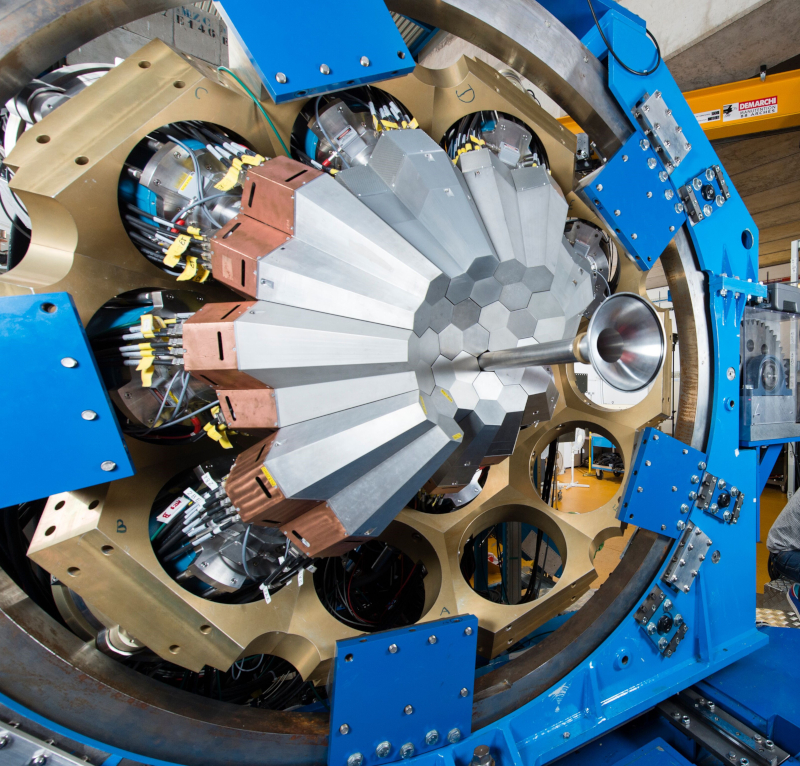
GAMMA aims at studying the nuclear structure by means of gamma-ray spectroscopy techniques taking advantage of HPGe arrays coupled to ancillary detectors and/or magnetic spectrometers, both with stable and radioactive beams. The main experimental activity takes place at LNL (GALILEO spectrometer), at GANIL (where it is at present located the tracking spectrometer AGATA, before coming back to LNL in 2021), but also in other important European labs, such as CERN, JYFL and GSI). Moreover also measurement campaigns in other international labs (RIKEN, MSU, ANL and TRIUMF) are performed.
The main topics concern the study of the properties of nuclei far form the stability valley, shape transitions, symmetries and collective modes. Moreover the collaboration is strongly involved in the development of equipment to be used with the radioactive beams delivered by SPES, both with and without the reacceleration.
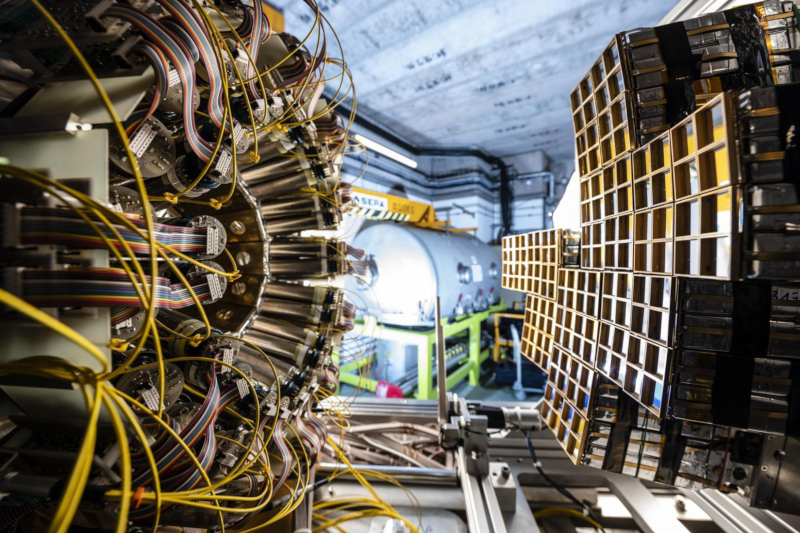
NUCLEX concerns the study of the dynamics of heavy ion reactions at low beam energies (looking at the competition among the reaction mechanisms and at the clustering effects) by means of the GARFIELD+RCO setup at LNL, and the study of the isospin dynamics at Fermi energies (looking at the symmetry energy term of the nuclear equation of state) by means of the INDRA+FAZIA setup at GANIL. Moreover the collaboration will use the ATS detector (Active Target for SPES) to study the nuclear structure with low intensity exotic beams; after a first measurement campaign at LNS, such a detector will be located at LNL to be used with the radioactive beams of SPES.
NUMEN_GR3 wants to constrain the transition probabilities of the neutrinoless double beta decay by means of suitable double charge exchange nuclear reactions. This experiment is the physics case of the POTLNS poject (Piano Operativo Nazionale “Ricerca e Innovazione” 2014-2020), started in 2019 and aimed at the improvement of the research infrastucture of LNS. The wide international collaboration is ending the R&D phase for the upgrade of the MAGNEX spectrometer and the building of the G-NUMEN gamma calorimeter. At the same time, also before the end of the upgrade, the activity concerning the investigation of the single and double charge exchange process is going on at LNS both from the experimental and the theoretical point of view.
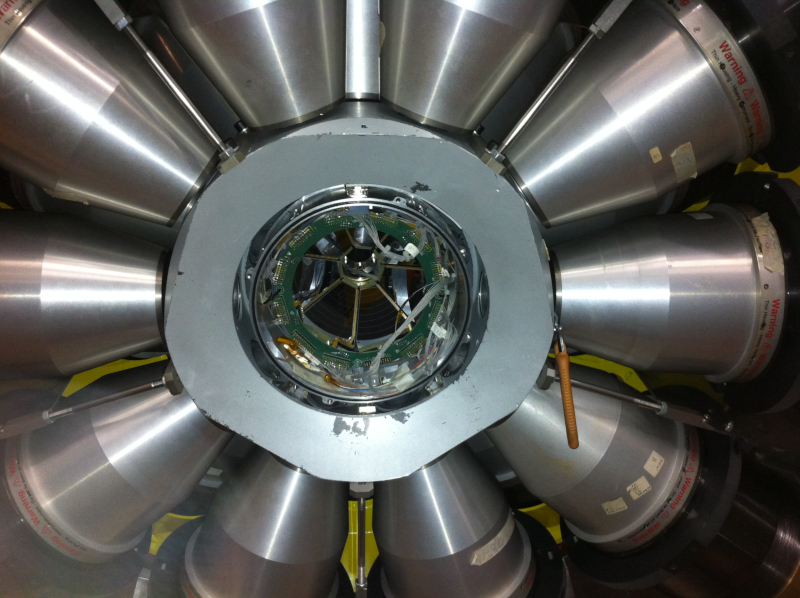
PRISMA-FIDES mainly studies sub-barrier binary reactions (sub-barrier nucleon transfer, nucleon nucleon correlations, production of neutron rich heavy nuclei) by means of the heavy ion magnetic spectrometer PRISMA and low energy fusion reactions (looking at S-factors, sub barrier hindrance effects) by means of the PISOLO setup, which includes an electrostatic deflector. Both setups use the high quality beams delivered by Tandem-ALPI-PIAVE at LNL. In 2021 the gamma spectrometer AGATA will be coupled to PRISMA in order to start an experimental campaign in 2022.
